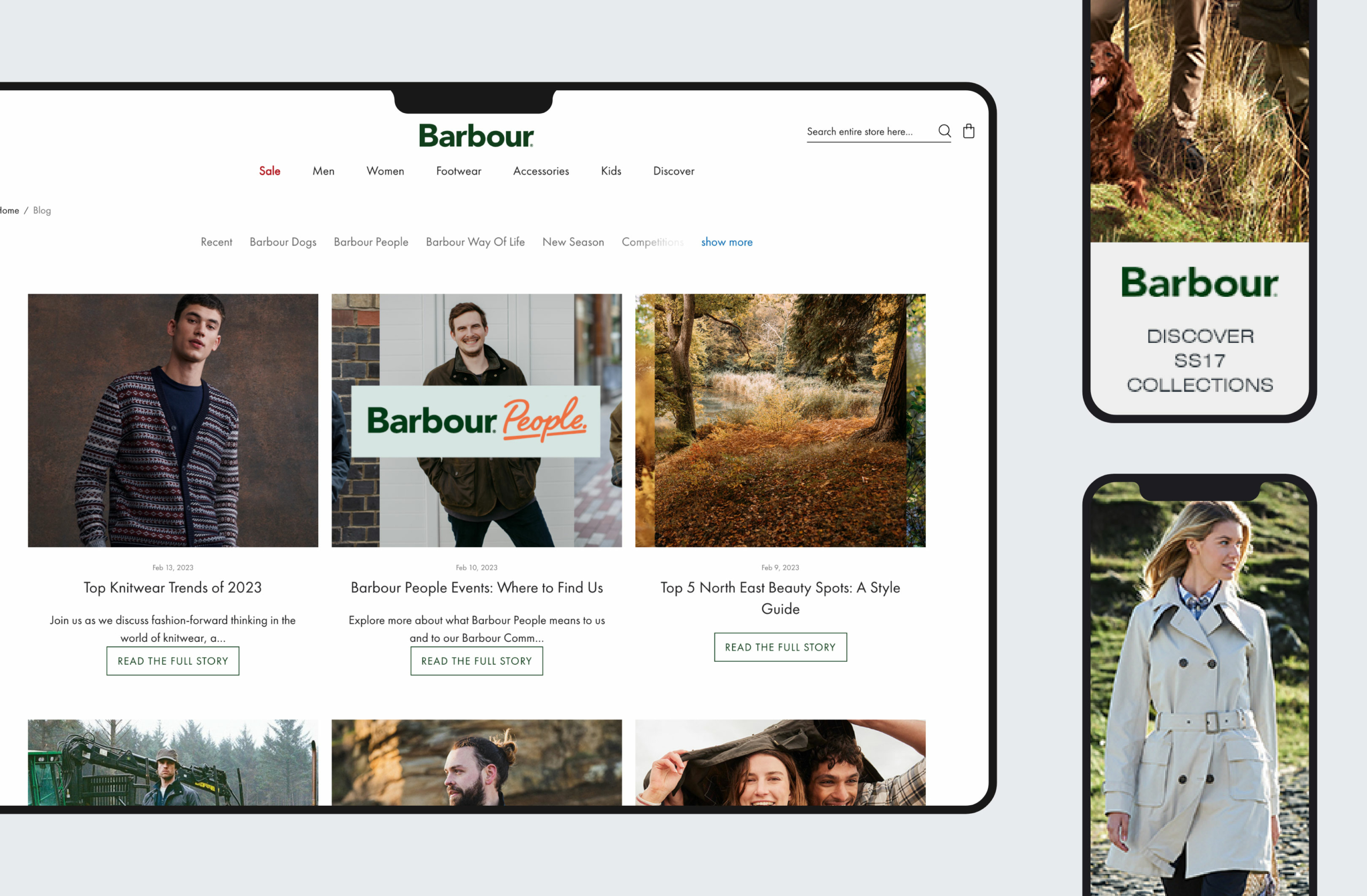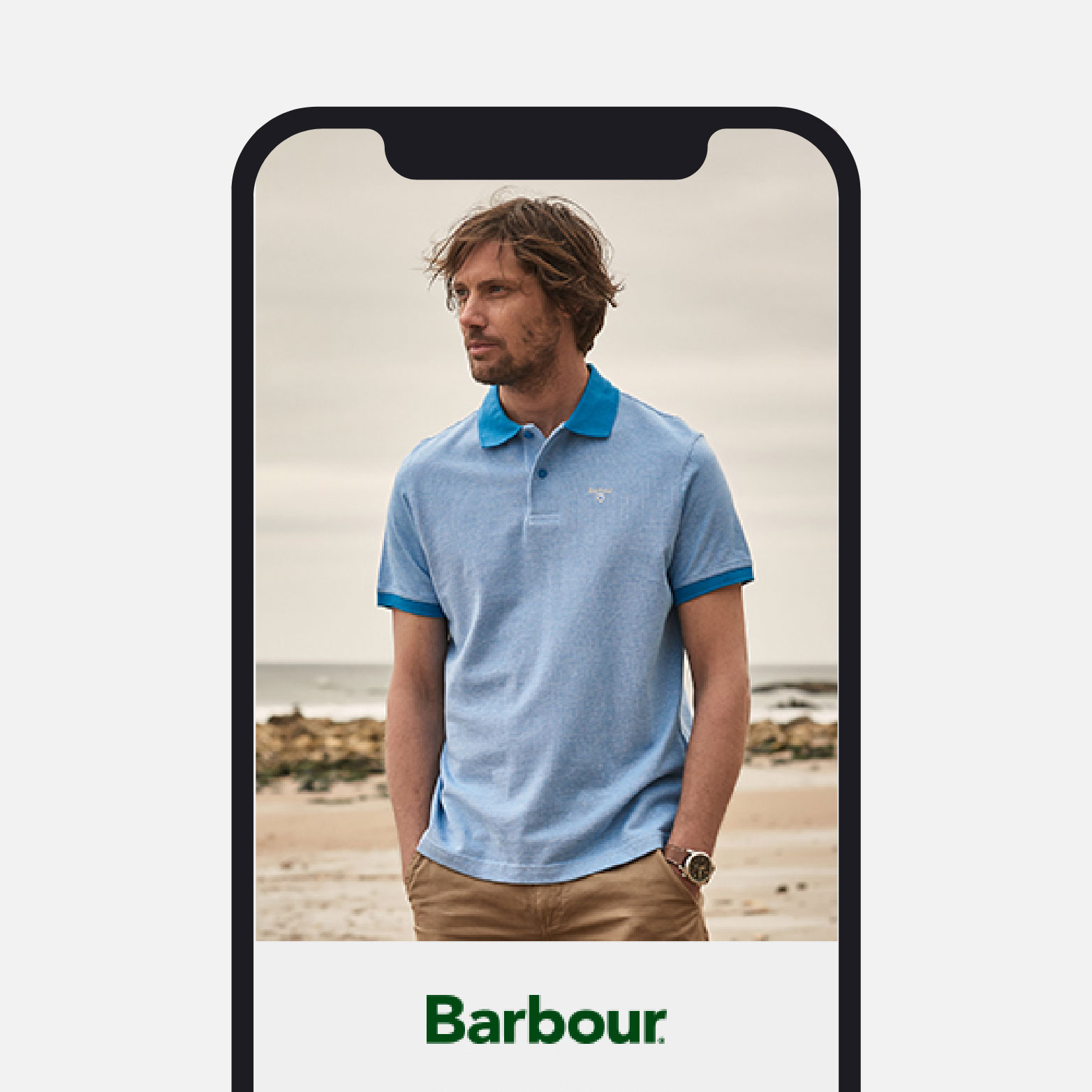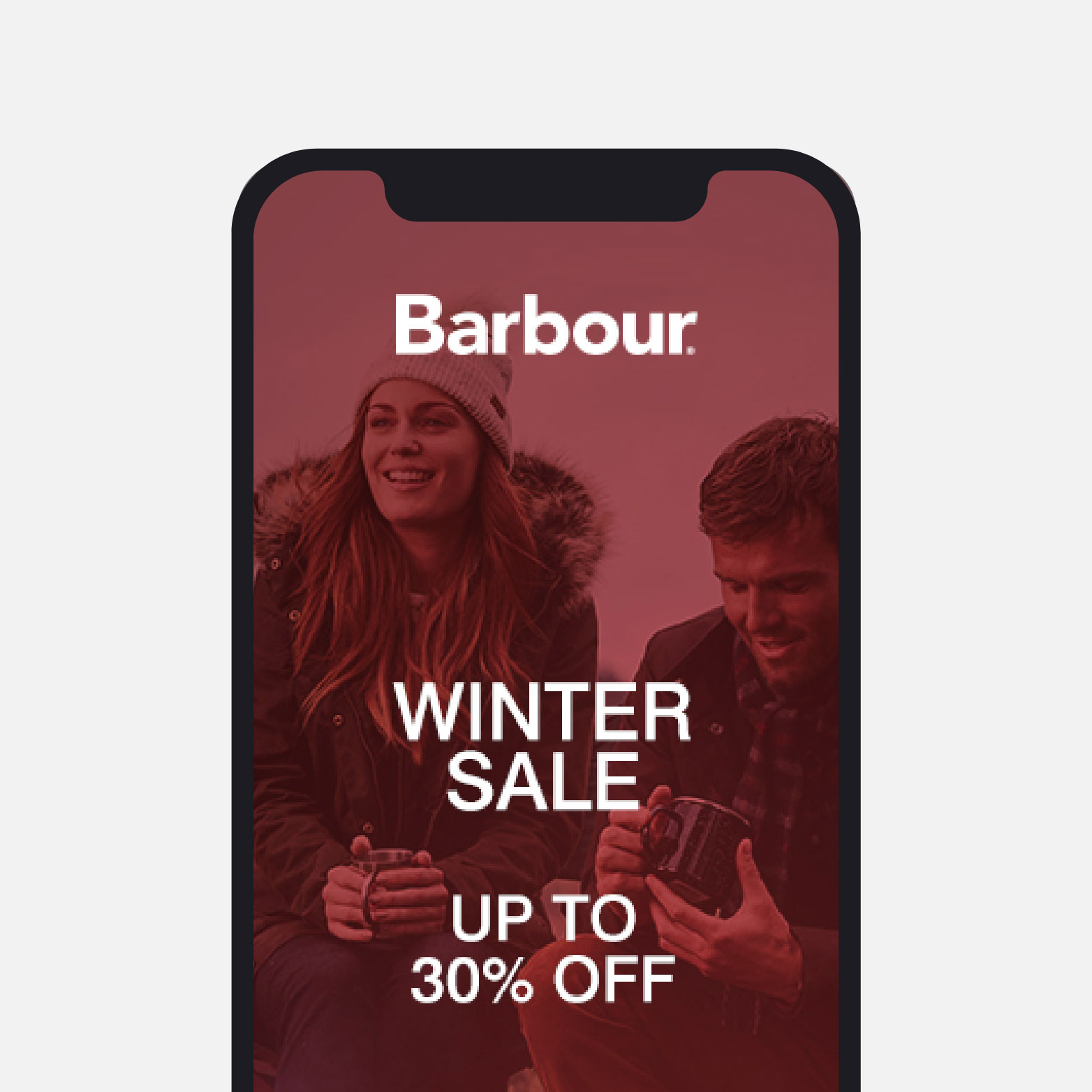Barbour
Established in 1894, Barbour continues to call the North East home. Today, Barbour remains true to its core values as a family business and encompasses the unique values of the British countryside, whilst bringing a touch of glamour to its beautifully functional clothing.


